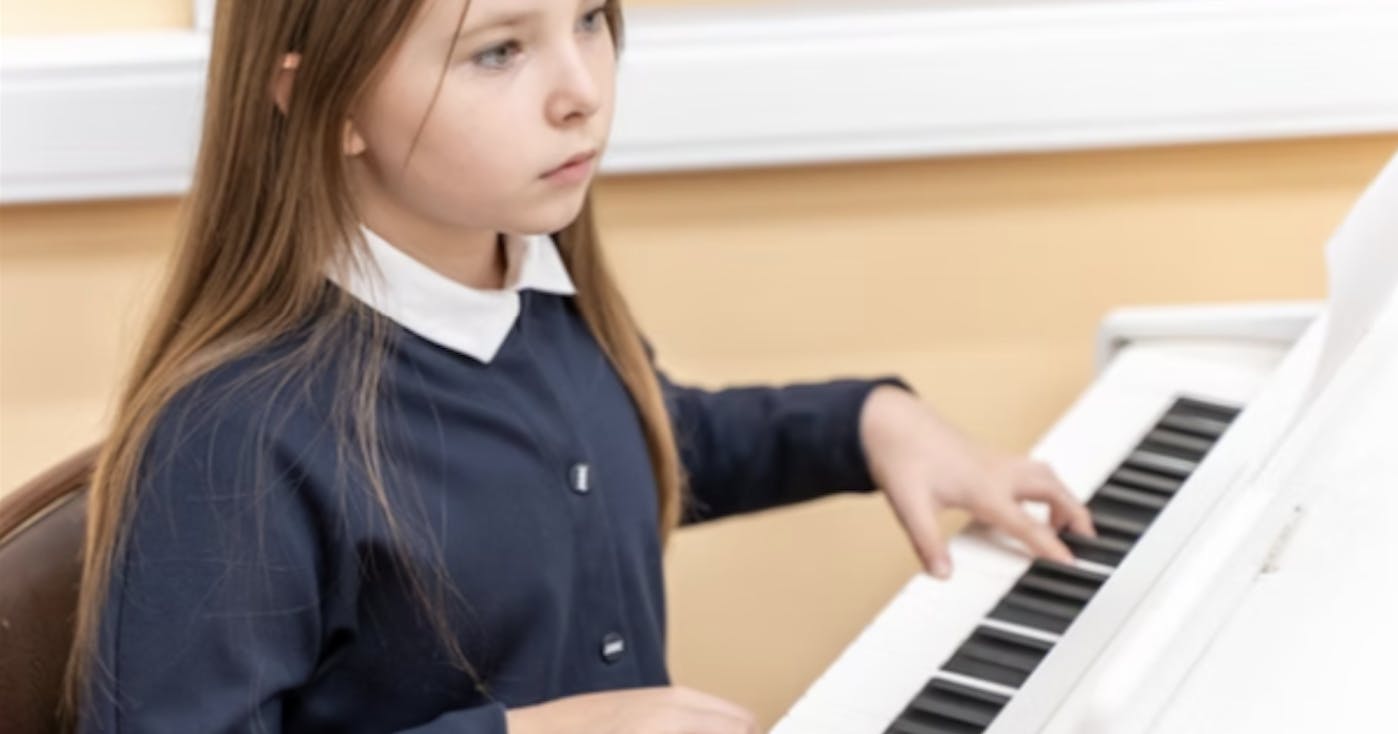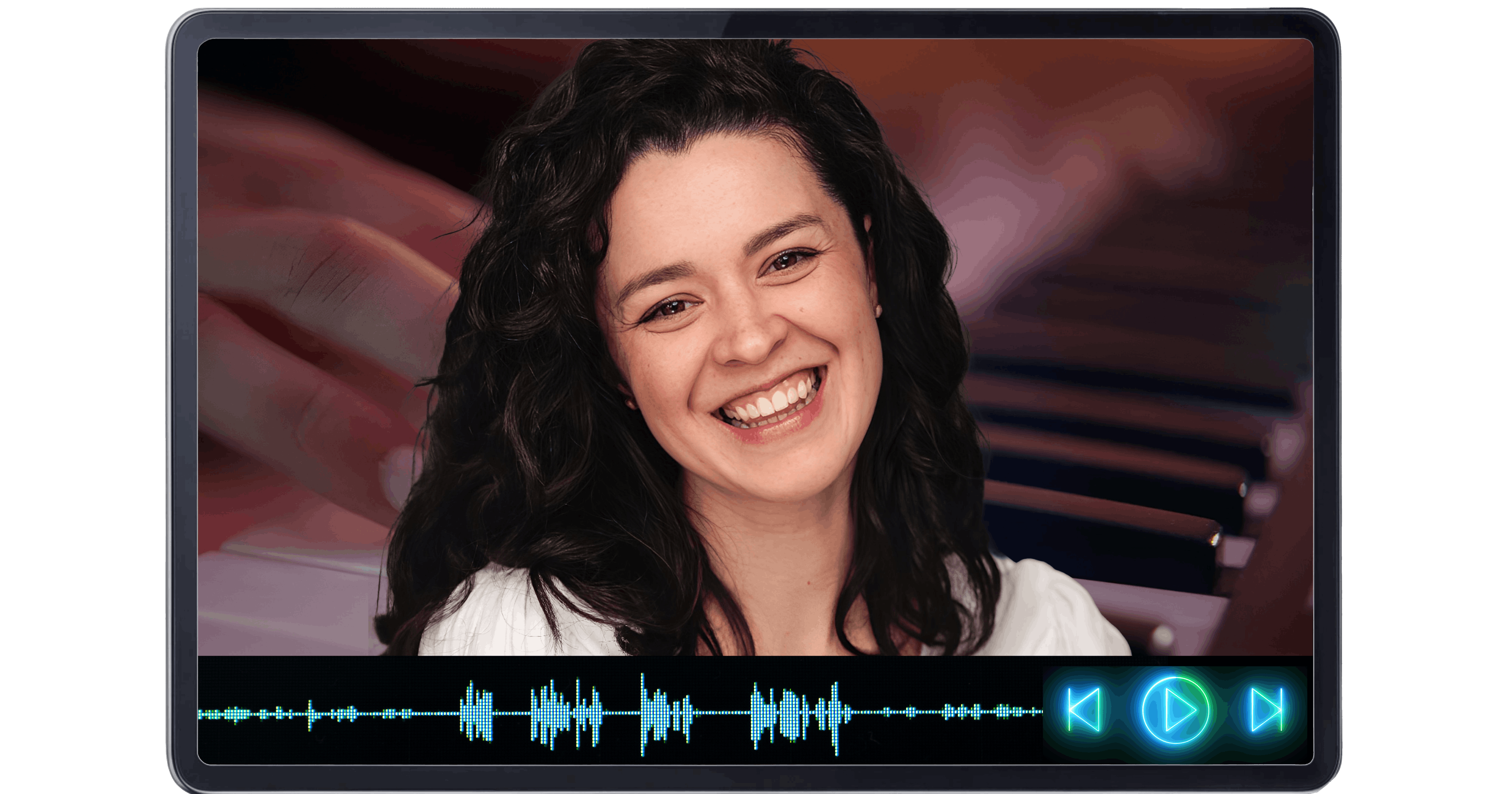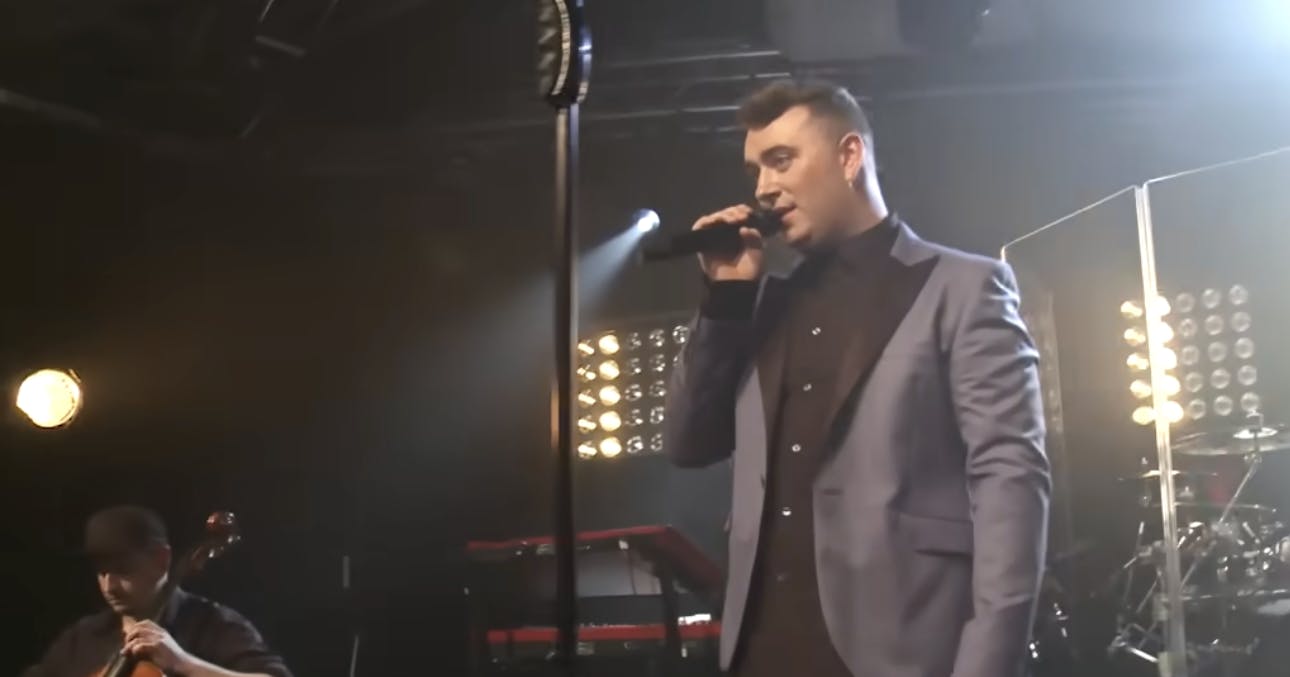John Legend has always been the kind of artist who carries warmth in his tone, dignity in his phrasing, and truth in his delivery. To the casual listener, he might appear as a smooth vocalist with a polished sound, the man behind wedding anthems and soulful ballads. But beneath the surface lies a musician whose artistry was forged at the piano bench. The piano was not just his instrument; it was his first language, his point of entry into emotion and discipline, the foundation upon which he built his particular brand of contemporary soul. To understand John Legend is to trace the lineage of his piano — from a church basement in Springfield, Ohio, to the grand stages of the world, where his fingers still find the same chords of hope and longing that shaped his earliest days.
Legend was born John Roger Stephens in December 1978, into a family where music was more than a pastime; it was the pulse of community and faith. His mother was the church choir director, his grandmother played the organ, and his father sang in the choir. Sundays were spent surrounded by harmonies that rose to the rafters. The sound of gospel music filled his childhood, but it wasn’t long before his fascination turned to the instrument that anchored those songs. The church piano became his playground, its black and white keys forming an emotional landscape he was eager to explore. He began playing by ear, imitating hymns and gospel standards. Later, when he started taking lessons formally, he found himself drawn equally to classical technique and the improvisational energy of soul. For those inspired by stories like his and considering learning piano themselves, expert tutors can be found through professional online piano teachers who offer one-to-one guidance and flexible learning.
That mix — discipline and freedom — would become central to his artistry. Even as a young boy, Legend absorbed a diverse range of influences. His mother encouraged him to practise scales and study theory, yet his heart belonged to the records his father played at home. Stevie Wonder, Marvin Gaye, and Donny Hathaway filled the room, and those voices did more than entertain; they taught him phrasing, vulnerability, and control. Legend has often said that Hathaway, in particular, was his model — a man whose blend of gospel training, jazz sophistication, and unguarded emotion created a kind of spiritual blueprint for the soul singers that followed. The piano, for both men, was an instrument of confession.
By the time Legend reached university, his musicality was already refined, but his path was anything but straightforward. He attended the University of Pennsylvania, not a conservatoire but an Ivy League school where he studied English and immersed himself in campus culture. While many students spent their nights revising, Legend spent his playing piano for a cappella groups and performing solo gigs. He directed the university’s Counterparts group and began writing his own material, experimenting with a sound that combined the storytelling of singer-songwriters with the harmonic depth of soul. Those university years sharpened both his intellect and his intuition. He was academically gifted, graduating magna cum laude, but his ambitions pointed elsewhere. After all, he had already been shaped by the piano’s discipline — that quiet, consistent practice that rewards patience more than bravado.
After graduation, he moved to New York, taking a job in management consulting by day while performing in clubs by night. It’s an image that now feels mythic: the young professional in a suit, slipping away from spreadsheets to sit at a piano in a dimly lit bar. His performances caught the attention of those who mattered. In the early 2000s, a then-unknown Kanye West was also in New York, beginning to establish himself as a producer. The two met and quickly recognised a shared musical vision — both were steeped in gospel and soul, both understood the interplay between tradition and innovation. West brought samples, beats, and a modern edge; Legend brought musicality, warmth, and depth. Their collaboration became one of the most fruitful partnerships in modern R&B. Before long, Legend was contributing piano and vocals to tracks by Lauryn Hill, Jay-Z, and Alicia Keys, each time lending an unmistakable texture — the sound of real keys, real feeling, in an increasingly digital landscape.
When his debut album, Get Lifted, arrived in 2004, it felt like both a throwback and a breakthrough. The record was steeped in the language of classic soul, with arrangements that foregrounded piano as the emotional centre. Songs like “Ordinary People” reminded listeners that simplicity, when delivered honestly, can be more powerful than spectacle. That song, written largely on piano, became his signature — raw, direct, and utterly human. It spoke to relationships, vulnerability, and imperfection, themes that Legend would continue to explore throughout his career. The piano in “Ordinary People” doesn’t accompany him so much as it converses with him, echoing his phrasing, hesitating where he breathes. It is, in many ways, a duet between man and instrument.
Legend’s playing style is deceptively understated. He doesn’t fill space with flourishes or attempt virtuosic displays. Instead, his approach is rooted in balance — the left hand grounding the harmony, the right hand offering gentle commentary. His training in gospel and classical gives him a sensitivity to dynamics that pop music often overlooks. Listen to “All of Me,” arguably his most famous composition, and you’ll hear that same dialogue: a piano line that breathes, that swells and retreats with the singer’s emotion. It’s a style built on intimacy rather than intensity, and it’s one of the reasons his ballads connect so deeply. The piano, for Legend, is both anchor and amplifier. It grounds his voice but also allows it to soar.
Over the years, as his fame grew, Legend resisted the temptation to abandon musicianship for production gimmicks. Even as popular music moved towards automation and computer-generated soundscapes, he maintained a commitment to organic texture. On later albums like Love in the Future and Darkness and Light, he experimented with electronic influences but never lost that tactile sense of playing. The keys remain his compass. They remind him, perhaps, of where he came from — the church halls, the family harmonies, the lessons that taught him music isn’t about perfection but connection. That same principle guides aspiring musicians today, and anyone wanting to follow a similar path can start by studying with experienced online piano tutors who teach technique, creativity, and confidence from the comfort of home.
His genre — often labelled simply as R&B or soul — actually straddles multiple traditions. There’s gospel in his chords, pop in his melodies, jazz in his phrasing, and even folk in his storytelling. What makes Legend distinctive is his ability to weave these influences without diluting any of them. He embodies a kind of musical diplomacy, bridging audiences who might otherwise never meet. His collaborations, too, reflect this openness. From Kanye West and André 3000 to Meghan Trainor and Sam Smith, he adapts without losing his identity. In a landscape where artists are often forced into niches, Legend’s versatility feels almost radical.
Yet beneath his polished performances lies something more profound — an ongoing conversation with the piano as his instrument of truth. The way he sits at it, shoulders relaxed, eyes closed, suggests a man returning to a familiar place. Even now, decades into his career, he speaks of playing as a form of grounding. In interviews, he often describes the piano as home, the place where he can strip away fame, expectation, and noise. It is, he says, the space where songs reveal themselves slowly, one chord at a time. That humility, the willingness to listen rather than impose, is what gives his music its enduring tenderness.
There’s also something inherently spiritual in the way he approaches his craft. Though he long ago stepped beyond gospel in a literal sense, its spirit still animates his work — the call-and-response structure of his live performances, the communal energy he cultivates on stage, the sense that music can be both personal and collective healing. It’s not hard to see how his upbringing in the church continues to echo through songs like “Preach” or “Glory,” his Oscar-winning collaboration with Common. Both are steeped in moral urgency but delivered through melody rather than sermon. In these songs, the piano acts as a vessel of faith — not necessarily religious, but humanistic, grounded in compassion and justice.
What also makes Legend’s career remarkable is his refusal to separate art from life. His public persona, particularly in recent years, has expanded beyond music into activism, philanthropy, and cultural commentary. Yet even here, the piano remains symbolic. When he performs at benefit concerts or political rallies, it’s usually just him and the keys — stripped-down, sincere, connecting emotion to purpose. There’s something quietly defiant about insisting that a simple performance can still move people in an age of spectacle. It’s as if he’s reminding the world that sincerity, like the sound of a well-played chord, doesn’t need embellishment.
Looking back, his journey mirrors the very evolution of modern soul. From the raw gospel foundations of his youth to the sleek, genre-blurring sound of his current work, Legend has managed to modernise soul without erasing its roots. His piano-based compositions serve as a bridge between eras: they carry echoes of Ray Charles and Nat King Cole but speak in the contemporary language of love, doubt, and resilience. The balance he strikes — between craft and emotion, intellect and instinct — reflects not only his training but his temperament. He plays the piano the way he lives: with deliberation, grace, and a quiet insistence on truth.
In the wider landscape of popular music, where the piano has often been overshadowed by the guitar or the synthesiser, John Legend stands as a reminder of its enduring power. His success proves that the instrument can still sit at the heart of mainstream music, not as nostalgia but as relevance. In an industry obsessed with innovation, he has found longevity through authenticity. And that authenticity begins and ends with the piano.
Perhaps that’s why, even now, the most striking moments in his performances are the simplest ones — when the lights dim, the band falls silent, and he plays alone. In those moments, you hear the thread that connects his entire story: the boy in church discovering music as devotion; the student playing gigs between essays; the professional navigating fame without losing humility. Every note becomes a memory, every pause a prayer. It’s not just performance; it’s continuity.
John Legend once said that he writes songs to make people feel less alone. That sentiment could just as easily describe the purpose of the piano itself. It’s an instrument built on harmony, on the meeting of opposites — black and white, major and minor, tension and release. Through his playing, Legend has turned those contrasts into communion. His career, spanning two decades and countless awards, remains grounded in something remarkably simple: a belief in the emotional truth of sound. In a world increasingly fragmented by noise, his music offers coherence.
And so, when you watch him sit at the piano — shoulders steady, hands poised, eyes half-closed — you’re witnessing more than performance. You’re seeing the living history of soul filtered through a modern voice. You’re hearing echoes of gospel, whispers of jazz, touches of classical phrasing, and the unmistakable pulse of pop. You’re hearing the story of a pianist who never stopped listening to what the instrument had to say. And in that listening, John Legend has found something most musicians spend a lifetime chasing: the perfect harmony between the artist and his art.




